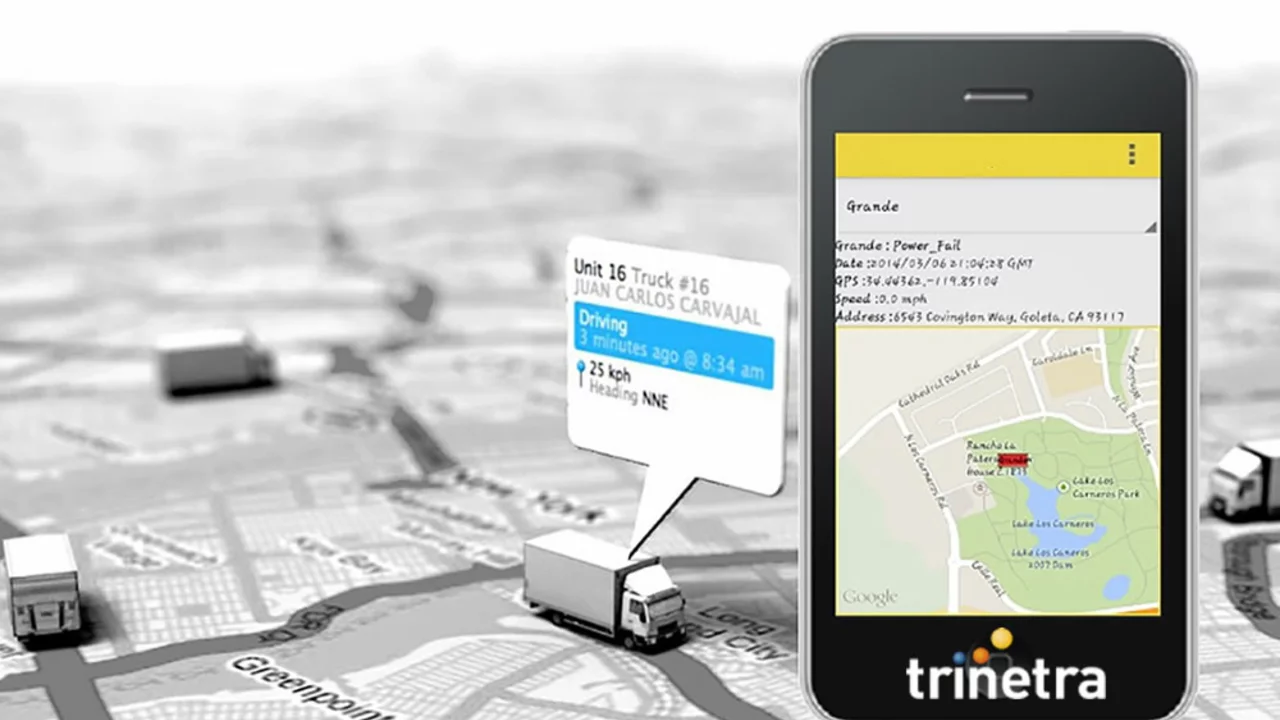Understanding Police Surveillance Technology
As a blogger, I frequently get asked about the technology that law enforcement agencies use to track mobile phones. It's an area of interest for many, sparked by TV shows and movies that show the police tracking down criminals using their mobile phones. But it's not just fiction; in reality, law enforcement agencies have several tools at their disposal to track mobile devices. In this section, we will delve into the basics of police surveillance technology, demystifying the concept and giving you a clearer picture of how it works.
Law enforcement agencies possess advanced tech tools that help them in their investigative work. The technological advancements have made it possible for the police to track down criminals using their mobile phones. Some of these tools are strictly regulated and require a warrant before use. While not all tools are available to every law enforcement agency due to budgetary constraints, several common ones are widely used.
Use of Mobile Device Management (MDM) Software
One of the most common tools used by the police to track mobile phones is Mobile Device Management (MDM) software. MDM software allows the police to track a mobile device's location, and in some cases, gain access to the device's contents. This technology is often used when a phone is reported stolen or missing. The police can use the device's GPS to locate it and potentially recover it.
MDM software is not only useful for location tracking, but also in data retrieval. In some cases, law enforcement officers can use MDM software to access data on a device, such as call logs, text messages, and app data. However, it's important to note that the use of this technology typically requires a warrant and is strictly regulated.
Cell Site Simulators or Stingrays
Another tool police often use to track mobile phones is a cell site simulator, often referred to as a Stingray. This device mimics a cell tower and tricks nearby mobile devices into connecting to it. Once a device is connected, the police can collect data from the device, including its location.
Stingrays are particularly effective because they don't require the targeted device to make a call or send a message. Instead, they take advantage of the fact that mobile devices are constantly searching for the strongest cell tower signal. It's important to note that the use of Stingrays is heavily regulated and typically requires a warrant.
Use of Third-Party Apps and Services
Police also use third-party apps and services to track mobile phones. These range from commercially available tracking apps to services provided by mobile network operators. For instance, some network operators offer location services that law enforcement agencies can use to locate a device.
Third-party apps, on the other hand, may allow law enforcement to track a device without the need for a warrant. These apps often operate in the background, collecting data that can be accessed remotely. However, their use by law enforcement is a subject of ongoing legal and ethical debate.
Legal and Ethical Considerations
Police use of mobile phone tracking technology is not without controversy. There are ongoing debates about the legality and ethics of such practices. Critics argue that they infringe on individuals' privacy rights, while proponents say they are necessary tools for law enforcement.
The use of these technologies is typically regulated by law and often requires a warrant. However, the specifics can vary from one jurisdiction to another. It's crucial to understand that while these technologies can be powerful tools for law enforcement, their use must be balanced with the need to respect privacy rights.






Write a comment